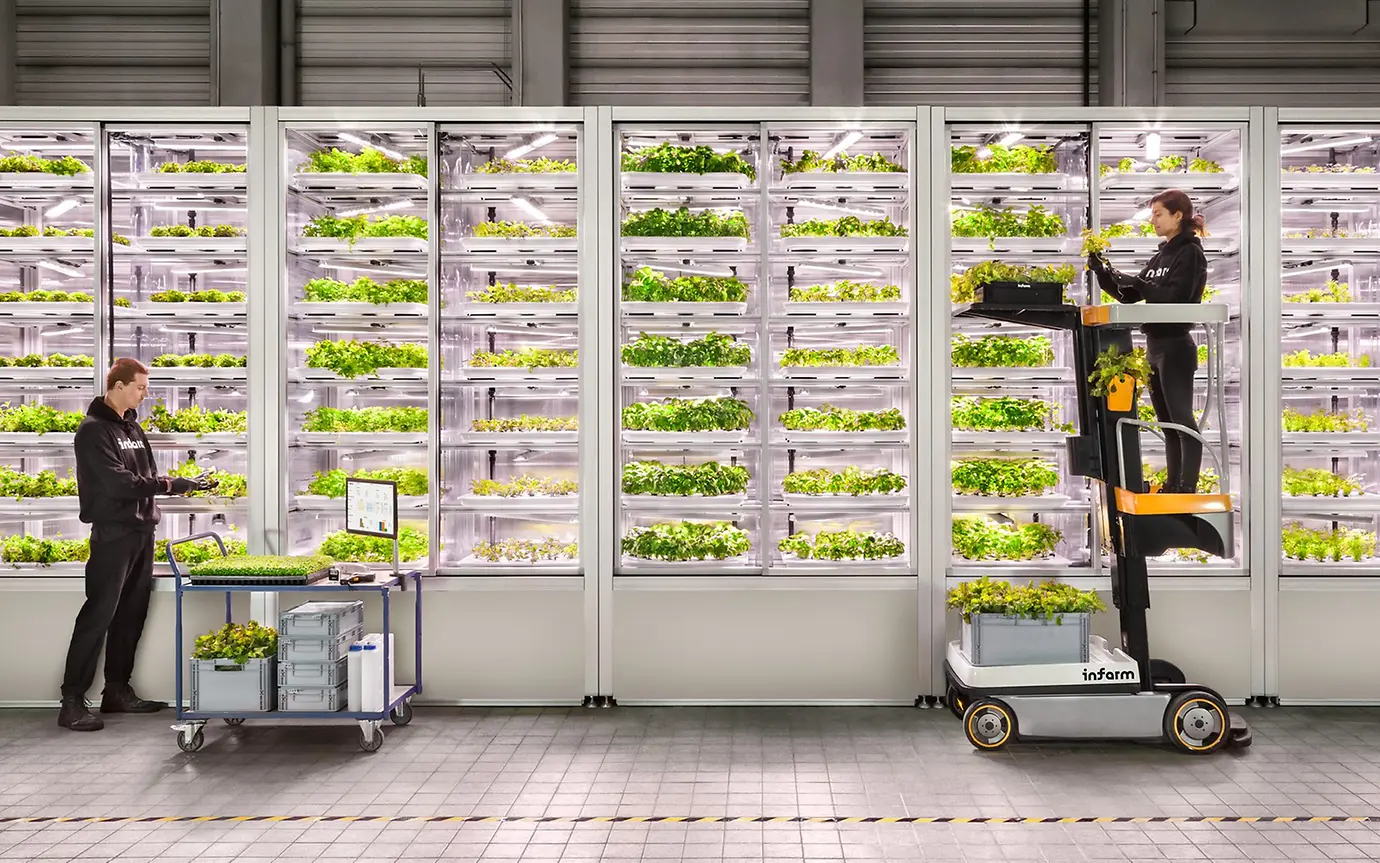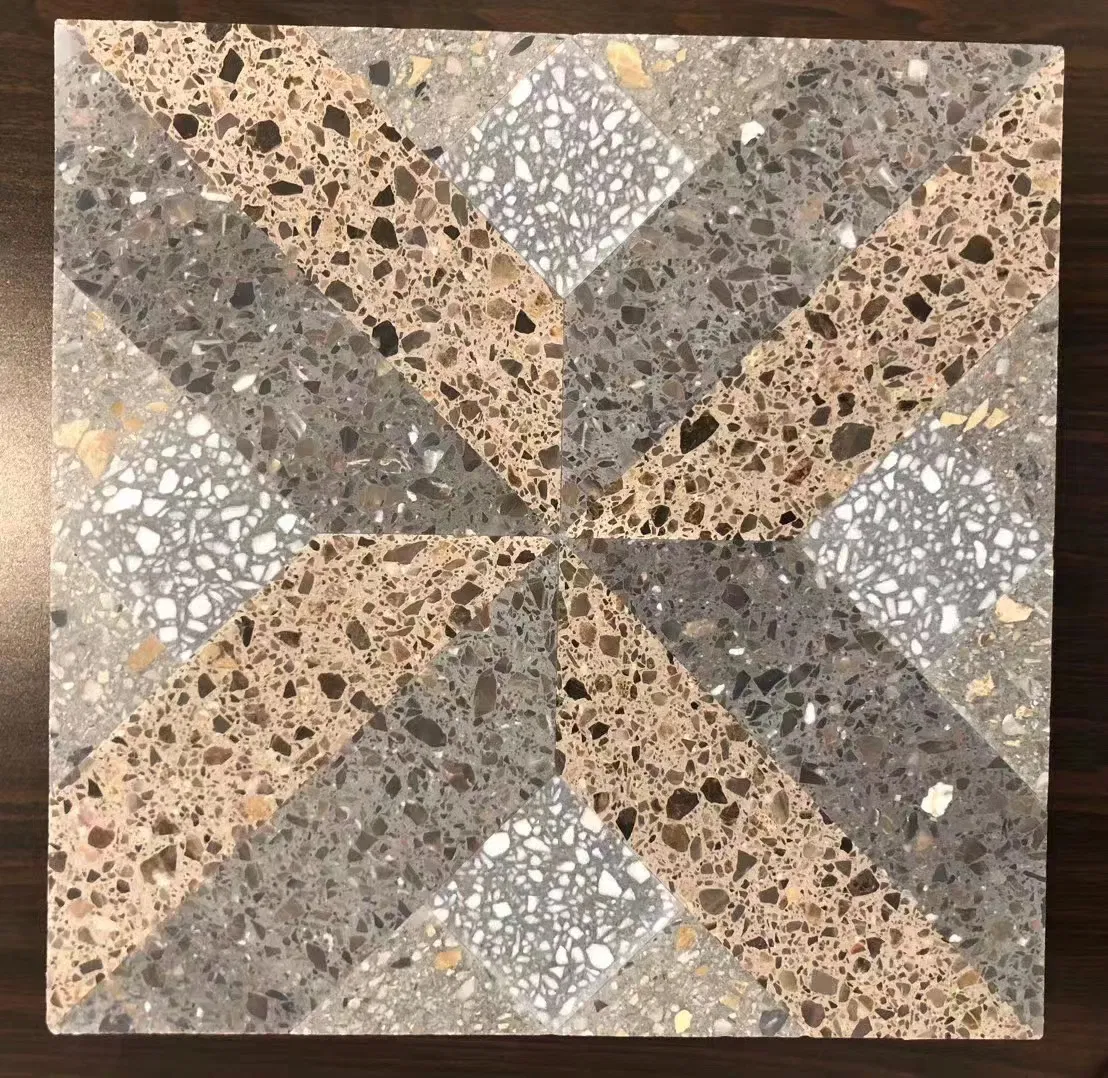Edible Landscaping for Front Yard Conversions: Your Guide to a Tasty, Beautiful Lawn
Let’s be honest. The classic, manicured front lawn is a bit… thirsty. It demands constant watering, mowing, and chemical inputs, all for a carpet of green you can’t even eat. What if your front yard could be more than just a status symbol? What if it could be a source of fresh snacks, a haven for pollinators, and a conversation starter for the whole neighborhood?
That’s the magic of edible landscaping for front yard conversions. It’s not about turning your property into a shaggy, unkempt farm plot. It’s about designing a beautiful, intentional space where aesthetics and productivity intertwine. Think of it as a multi-layered, living pantry disguised as a garden. A delicious disguise, at that.
Why Rip Up the Rug? The Case for an Edible Front Yard
Well, the reasons are stacking up higher than a pile of fresh-picked zucchini in August. For starters, there’s a growing desire for food sovereignty—knowing exactly where your food comes from. After recent years, that urge to be a little more self-sufficient has only intensified. An edible front yard is a powerful step in that direction.
Then there’s the environmental impact. Or, rather, the reduction of it. A traditional lawn is an ecological dead zone. Edible landscapes, especially ones that incorporate native plants and perennials, support bees, butterflies, and beneficial insects. They reduce your water bill, cut down on carbon emissions from gas mowers, and eliminate the need for synthetic herbicides and pesticides.
And honestly? It’s just more fun. There’s a unique joy in greeting guests with a handful of ripe strawberries from your flower bed or sending them home with a sprig of rosemary.
First, the Blueprint: Designing Your Edible Oasis
Jumping in without a plan is a recipe for a chaotic mess. The goal is “curb appeal,” not “curb confusion.” So, let’s think like a landscape designer who’s also really hungry.
Embrace Layering and Texture
Nature doesn’t grow in monocultures. It layers. Use this principle. Start with a small, decorative tree—a dwarf apple or cherry, perhaps. Underplant it with partial-shade lovers like currant bushes or alpine strawberries. Then, at the edges, let creeping thyme spill over a pathway. The variation in height, leaf shape, and color creates visual interest that rivals any ornamental shrub.
Blend, Don’t Segregate
This is the golden rule. Don’t just plop a vegetable patch in the middle of the grass. Interplant your edibles with your ornamentals. The silvery, fragrant leaves of artichoke plants make a stunning architectural statement. Rainbow chard, with its vibrant red and yellow stems, is as decorative as any flower. Use purple basil as a dark, aromatic border. When you mix them, the entire yard becomes a cohesive, beautiful scene.
Define the Space
Clear pathways and defined beds signal “this is intentional.” Use materials like brick, flagstone, or wood chips to create structure. A small, attractive fence or a low boxwood hedge can neatly separate your edible paradise from the sidewalk, providing a polished look.
Your Front Yard All-Stars: Plants That Perform
Not all edible plants are created equal for front-yard duty. You need players that look good for most of the season and can handle a bit of public scrutiny.
The Structural Foundation (Trees & Shrubs)
These are your anchor plants. Dwarf fruit trees are a no-brainer—offering spring blossoms, summer shade, and fall fruit. Blueberry bushes provide stunning crimson fall foliage. Fig trees have gorgeous, tropical-looking leaves. And don’t forget herbs like rosemary and lavender; they can be trimmed into beautiful, fragrant, drought-tolerant shrubs.
The Colorful Fillers (Perennials & Annuals)
This is where the magic happens. Here’s a quick table of some top contenders:
| Plant | Visual Appeal | Edible Part | Bonus |
| Rainbow Chard | Stunning, colorful stems (red, yellow, orange) | Leaves and stems | Cut-and-come-again harvest |
| Nasturtiums | Bright, cheerful flowers (oranges, reds, yellows) | Flowers & leaves (peppery taste) | Trails beautifully; deters pests |
| Kale (Lacinato or Red Russian) | Beautiful blue-green or purple-veined textured leaves | Leaves | Extremely cold-tolerant |
| Sweet Potatoes | Vigorous, attractive vine with heart-shaped leaves | Tubers & young leaves | Great ground cover |
| Peppers (Hot & Sweet) | Shiny, colorful fruits that change from green to red/yellow/purple | Fruit | Compact plants, perfect for containers |
The Ground Layer (Living Mulch)
Forget bare dirt. Use low-growing plants like strawberries, creeping thyme, or oregano to cover the soil. They suppress weeds, retain moisture, and add another dimension of beauty and flavor.
Tackling the Practical Stuff: Water, Soil, and… Neighbors?
Okay, let’s get real for a second. A project like this comes with questions.
Soil is Everything
You can’t grow nutrient-dense food in tired, compacted lawn soil. Your first and most crucial step is to get a soil test. Then, invest in building your soil with copious amounts of compost. Healthy soil equals healthy, resilient plants. It’s non-negotiable.
Smart Watering Systems
Drip irrigation or soaker hoses are your best friends. They deliver water directly to the roots, minimizing waste and preventing fungal diseases on leaves. Pair them with a simple timer, and you’ve got an efficient, low-maintenance system. Mulching heavily with wood chips or straw will also conserve a tremendous amount of water.
Navigating HOA Rules and Neighborly Perceptions
This is a common hurdle. Here’s the deal: presentation is key. A well-maintained, beautifully designed edible landscape is often more attractive than a struggling lawn. Before you start, check your HOA covenants. Sometimes the language is about “lawns” being neatly maintained, which an edible garden certainly can be. If you’re worried, start small. Convert a single, sunny strip along the driveway. Let the beauty of your work speak for itself. You might just start a trend on your street.
Beyond the Plate: The Ripple Effects
The harvest from your front yard is more than just food. It’s a connection. It’s the conversation you have with a passerby who’s curious about the funny-looking squash. It’s the lesson for your kids when they pick a sun-warmed tomato and taste the difference. It’s the humming of bees that weren’t there before. It’s a quiet, daily act of rebellion against the mundane, a step towards a more resilient and flavorful life.
Your front yard is valuable real estate. For decades, we’ve used it to say, “Look, I fit in.” Maybe it’s time to use it to say something a little more personal, a little more nourishing. Something like, “Welcome. Would you like a blueberry?”









